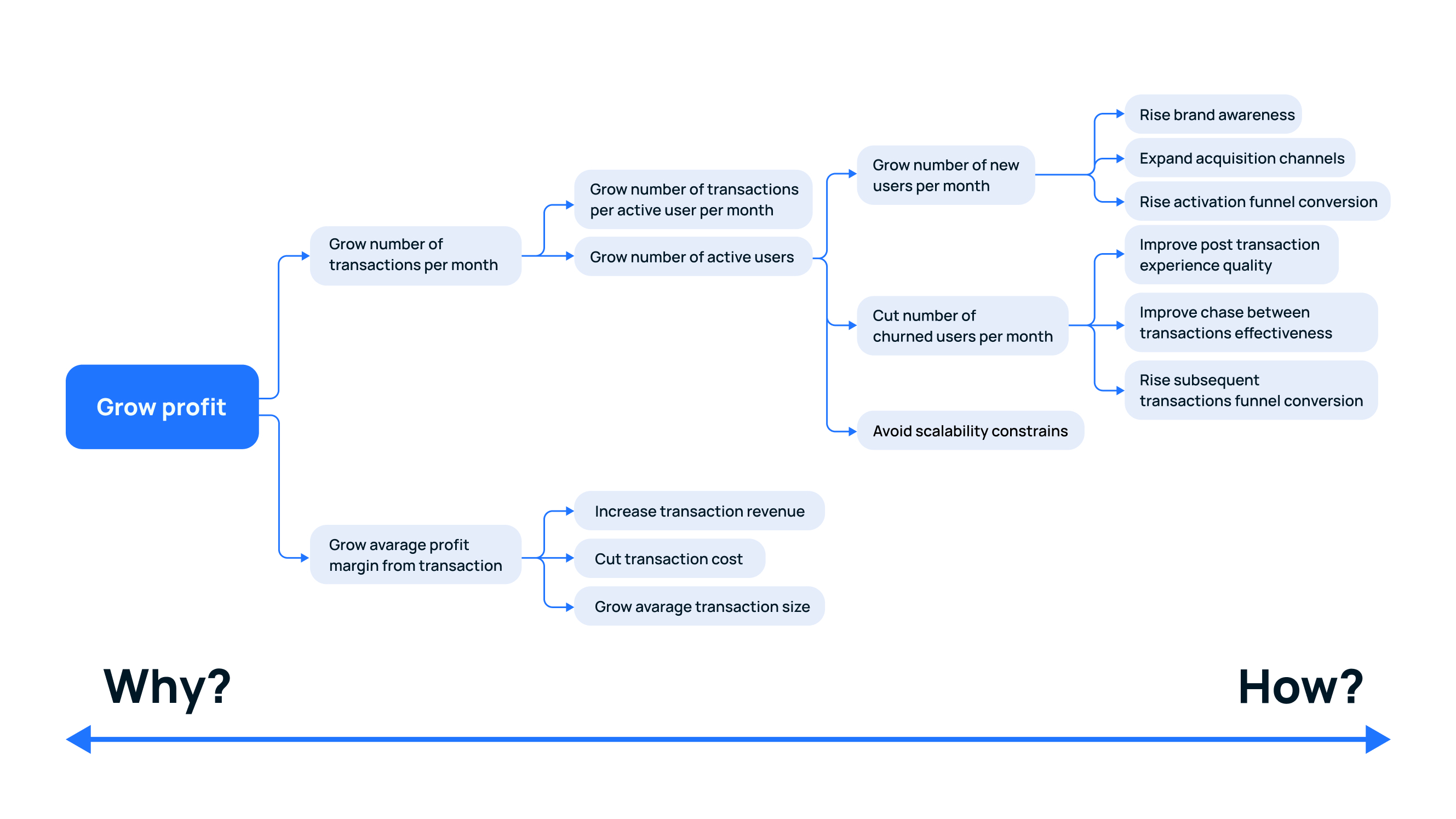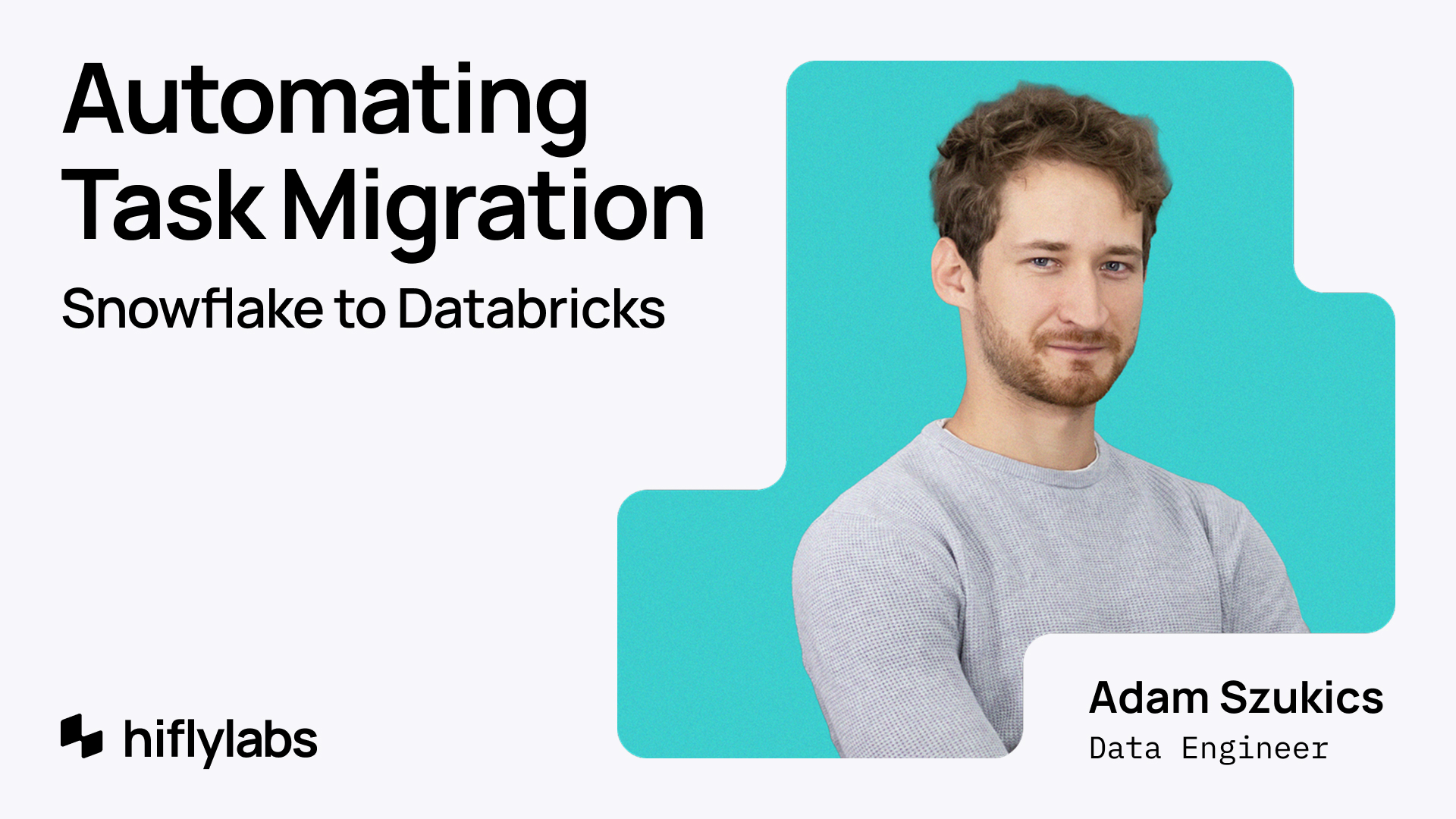Events such as Google’s planned (and suddenly sacked) Cookie Apocalypse can happen out of the blue, and laws regarding digital products change regularly. These might leave the entire tech sector in uncertainty, or force major changes not everyone is equipped to deal with.
Despite everything, you can still build up to be more resilient in the face of change by being informed and intentional in your planning and development.
Let’s take a look at what the digital product environment looks like, and how you can navigate it to create something your users will love!
The almighty algorithms and beyond
A major chunk of online traffic is generated through social media platforms and search engines. They can be the most defining factor in your success as well as the cause of an overnight falloff, especially if you are in online media or retail, or have a business model where the amount of incoming users defines your revenue.
Brands need to build up their resilience in the face of these, but what exactly is happening with these external factors?
Social media
In their current state, socials aim to maximize engagement and time spent on-site to drive up their revenue. This results in significantly lower reach with external links, but brands still need to be wary of not being too spammy even with on-site content.
As the algo’s favorites change by the day, flexibility wins. Stay up to date with how they work and be ready to make a change if necessary. Most recently, major players on socials are playing the algorithm and driving traffic by putting links to their sites in the comments. We’ll see how long this lasts.
The key takeaway: use social as an extension to your product, and in the sea of changes, focus on driving traffic to your own platform and retaining users there.
Search engines
Google search has been relatively consistent, with gradual changes here and there. Of course, despite the best efforts of ad blockers, paid search still drives the most traffic, followed by SEO, which has seen better days.
One key aspect for online businesses in all this is how ranking indirectly affects your revenue: if your product serves ads via Google as well, the higher your ranking, the more you rake in at the end of the day.
With the prevalence of AI content in search in the past months, readability has become even more important, and not only for humans. By making sure that your product is easy to index and read for scrapers, you can drive some additional traffic to your platforms.
To make the most out of your digital product, make sure to set up and keep track of analytics at all times, and keep testing which approaches and content pieces work best.
Google’s 3rd party cookie backtrack
Google has been holding the proverbial sword over our heads for years, until recently they walked back on killing 3rd party cookies. Their claim was to put privacy options in the hands of users, however, your typical user is unlikely to mess with toggles buried deep within the settings menu.
Better safe than sorry, though. It’s worth preparing for such cases either caused by browser developers (Firefox already has this feature enabled by default, but its market share is significantly lower - 2.65% as of October 2024), or a potential change in regulations.
Laws and regulations
While social media and search change day to day, lawmakers are slower to catch up. Still, they have the power to influence your bottom line, so keeping current regulations and predicted changes in mind can help your digital product stay afloat.
Tracking & privacy
If you have an audience in the EU, cookie popups are required by GDPR and put the power in the user’s hand. By making them easy to access and accept, you can minimize opt-out from analytics, giving you more data to work with later on.
A few notes:
- Google Analytics needs user consent by default. By disabling UserID collection, you can make it GDPR-compliant without explicit consent, but this skews analytics. Every use case is different, so make sure you’re making an informed decision in this.
- Consider GDPR-compliant tracking and give options to opt out! These missteps can result in serious fines.
In addition, Google Consent Mode v2 has been in effect since March 2024. This is also a European Economic Area regulation, but other countries are considering adoption in the future. It is even more strict than the previously mentioned, anonymized Analytics: it only collects limited, anonymized data without explicit consent, and further influences personalization and user data collection.
EU Digital Markets Act and equivalents
Pro-consumer regulations can sometimes go overboard: by introducing the Digital Markets Act (DMA), Google users and their muscle memory were hamstrung by EU lawmakers as Maps links suddenly disappeared from the top bar of search results.
Some other significant effects of DMA include:
- Hotel bookings in the EU decreased by 30% in a period of global increase post-pandemic
- Discrepancy between EU/Rest of World versions of products (think Apple’s sideloadable and now deletable apps, or preloaded apps on Windows that now can also be deleted)
While DMA is aimed at big tech, it might trickle down to smaller businesses as well. For example, DMA forbids the combination of personal data coming from Core Platforms Services (CPS) with data collected through other services of the same Gatekeepers or from a third party.
In plain words, it’s becoming more difficult for product developers to match traffic data and cookies, resulting in a more generalized, less personal user experience.
DMA garnered a mixed reception, but in general, people in and outside of the EU are in favor of such laws or want stricter regulation in their own countries.
Several of them started adopting similar things, but the US has no similar Act in power. A bill with bipartisan support called the Innovation and Choice Online Act is in the works, but as of now, it has not passed.
EU AI Act
EU’s AI Act shook the community with its seemingly strong strikes against the use of AI and ML, however, the panic is not necessarily warranted. Also stated by a co-author’s AMA in a recent Reddit thread, the Act is aimed at big corporations and potentially harmful use. Exact guidelines are still being determined, but fair use and open-source projects are out of the text’s scope.
As going open source is usually the way to go for customization and data security/governance reasons, digital product developers outside of FAANG are most likely will only be marginally affected.
Stay tuned for a more in-depth analysis of how the AI Act affects the digital product market later down the line!
How you can still have a killer digital product
We’ve looked at the landscape, but how do you remain resilient in an ever-changing environment?
Our bet is on creating a product your audience enjoys using and returning to frequently.
1. Generate direct traffic
First and foremost, you have to diversify your user base and establish a strategy that will get people to open your site directly, not just through random search results. In our experience, you need two things: added value and a great user experience.
You can utilize methodologies such as our product discovery that
- gives you a 360° view of your market and users,
- pinpoints high-value and potentially unique features and services of your product,
- and enables you to capitalize on them to drive your success.
2. Define your product strategy
It is undeniably the most important step to establish and regularly re-evaluate your product strategy. Going too deep into this would require a separate article, so we’ll save it for another time.
By combining data on your environment, competitors, customers, and your own performance, you can define the pillars where your product should be heading, on which you should iterate regularly. Find your strengths, and a segment of the market these strengths can dominate.
Alternatively, find out which points in your product need immediate intervention for your business to keep growing.
3. Set KPIs and measure your performance
It’s important to measure if actions or certain changes in your product strategy have the expected results. Our process looks something like this:
- First, build a KPI tree and define which ones have the largest impact on your bottom line. Set goals and measurements for each strategic action - evaluate and iterate.
- Define your funnels to track how your user journey performs. Seeing where your users abandon their buying journey (and all the necessary business processes), helps you optimize to improve retention.
- Segment your users and see how those segments perform. Matching your marketing campaigns with them allows you to truly see the value that each campaign brings and informs future initiatives.
Whether it's a mobile or web application there are many tools you can choose from that helps you. But note that information is your fuel for revenue-defining changes.

Wise’s sample KPI Tree
4. Focus on your users
Understand your users and tailor your product to them, not the other way around.
Their motivations and problems are the most important drivers of traffic. Just like in defining your product strategy, mapping these will help you tremendously.
Do a thorough market and user research, ideate and draw up user journeys based on your results, and keep testing! By gathering direct user feedback as early as prototyping, you can make sure that the most important details will be ironed out in your 1.0 release.
5. Offer unique functions
Develop and offer targeted services within your product that directly attract users by addressing their unique behaviors and challenges.
For example, AI-driven services can provide capabilities beyond what most of the current digital products can offer, but success hinges on understanding your users' specific needs and pain points.
Focus on identifying and solving these to drive engagement and value.
6. Loyalty programs beyond cards
To elaborate on user benefits a little further: personalized loyalty programs are one of the best ways to get users to return. This goes well beyond the plastic cards from a few decades ago. Duolingo’s streaks for example – what are they if not a loyalty program in the form of a badge and a pop-up? Be creative and incentivize users to use your product again and again.
Think of hyperpersonalization. There is a gold mine of user data you can utilize to create bespoke offers based on their habits, interests, and more. Additionally, you can use this to personalize your communication with your users and make them feel more like a part of your community.
7. Build your brand
Your brand is the face of your product, and the first touchpoint for the majority of your users. Make sure it’s attractive and stands out from the crowd.
At the same time, be wary of what the first thing your brand communicates is. If it doesn’t align with the product, users will leave immediately, impacting your rankings and bottom line.
8. Build up to being less reliant on 3rd party data
First-party data collection requires investment into development and infrastructure. Still, in case something similar to the cookie apocalypse happens, it can give you the edge ahead of your competition.
Additionally, making account creation enticing is a must. Create incentives for the users to register for your site, based on the user journeys. At the same time, make sure that your product is still useful for non-registered users – if you lose them before they even find out about the best features, it’s a net loss for everyone.
Registering users also allows you to collect data that drives further growth. You can map which functions, offers, and content they interact with the most, and based on these, you can build up an even stronger marketing campaign than without it.
Conclusion
New tech frontiers bring along new regulations, but all of this turns into noise and another challenge to conquer if you keep your eyes on what really makes or breaks a product: user experience.
By finding a niche, providing value, and remaining flexible against laws and trends, you can make sure that your bottom line keeps growing.





